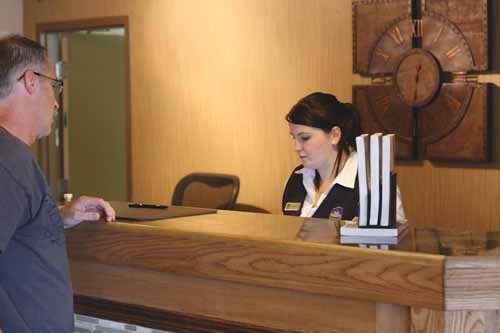For most people, Labour Day is a holiday. In North America, it has come to represent the end of summer. It is one last gasp of glorious freedom for students before returning to school. It's an extra day for cottagers to prep their home away from home for the coming winter months. And it is a day for trade unionists to celebrate the great gains workers have made over the past 125 years.
But for a surprising number of people, it's just another day at the office. Nurses, doctors, firefighters, police and emergency medical technicians have always been duty-bound to work when others are idle.
Service workers have also long been exempt from the September respite: cooks, servers, hotel employees and gas station attendants, among others, who by the very nature of their industry are required to show up when others are not.
With the proliferation of big box stores, retail workers are also increasingly called upon to give up their last hurrah of summer to accommodate last-minute back-to-school shoppers.
Then there are others who might not immediately jump to mind, such as mothers (365 days per year) and farmers (work when the work needs to be done), and occasionally even a newspaper reporter who needs a story about Labour Day labourers.
In keeping with the theme of gains made by the labour movement, however, most of these holiday workers are well- or at least better-compensated for working on the holiday, anywhere from double time-and-a-half to time-and-a-half.
And most take it in stride.
"I don't mind working holidays," said Andrea Mitchell who works the front desk at the Great Western Hotel in Yorkton. "Sometimes it's nice to have the weekend off, but we're in the service industry so we know what we're getting ourselves into when we apply for the job.
How times have changed
Labour Day is a Canadian invention. In 1872, the Toronto Typographical Union went on strike calling for a 58-hour work week. The notorious George Brown-publisher of the Toronto Globe and political rival of then-Prime Minister John A. MacDonald-had the 24 leaders of the striking workers arrested for "conspiracy." Unions were still illegal in Canada.
Nevertheless, the Toronto Trades Assembly called on its 27 unions to demonstrate in support of their typographical brothers and on September 3 seven unions marched in Ottawa prompting MacDonald to repeal the anti-union laws.
For the next 21 years, labour celebrations were held in May. In 1894, the federal government designated the first Monday in September as "Labour Day." That same year, the United States also adopted the date as "Labor Day."
Interesting Labour Day Facts
Before 1872, workers in Canada typically worked 10 to 12 hours per day, six days a week. Today, the standard is eight hours, five days a week in the private sector and 7.5 hours, five days per week for government employees.
Labour Day in Havana, Cuba is considered one of the largest gatherings of people in the world. It is celebrated on May 1.
In most countries outside North America where Labour Day is celebrated, it is in the spring, usually some time in May.
In Australia, Labour Day varies considerably. Some provinces celebrate the first Monday in October while others hold it the first or second Monday in March. In Queensland and the Northern Territory it is the first Monday in May.
Tasmania calls the day Eight Hours Day, after the eight-hour-day movement that started in Great Britain during the Industrial Revolution.
Women and children in Britain were the first to be granted a shortened work week earning the right to a 10-hour day in 1847.



